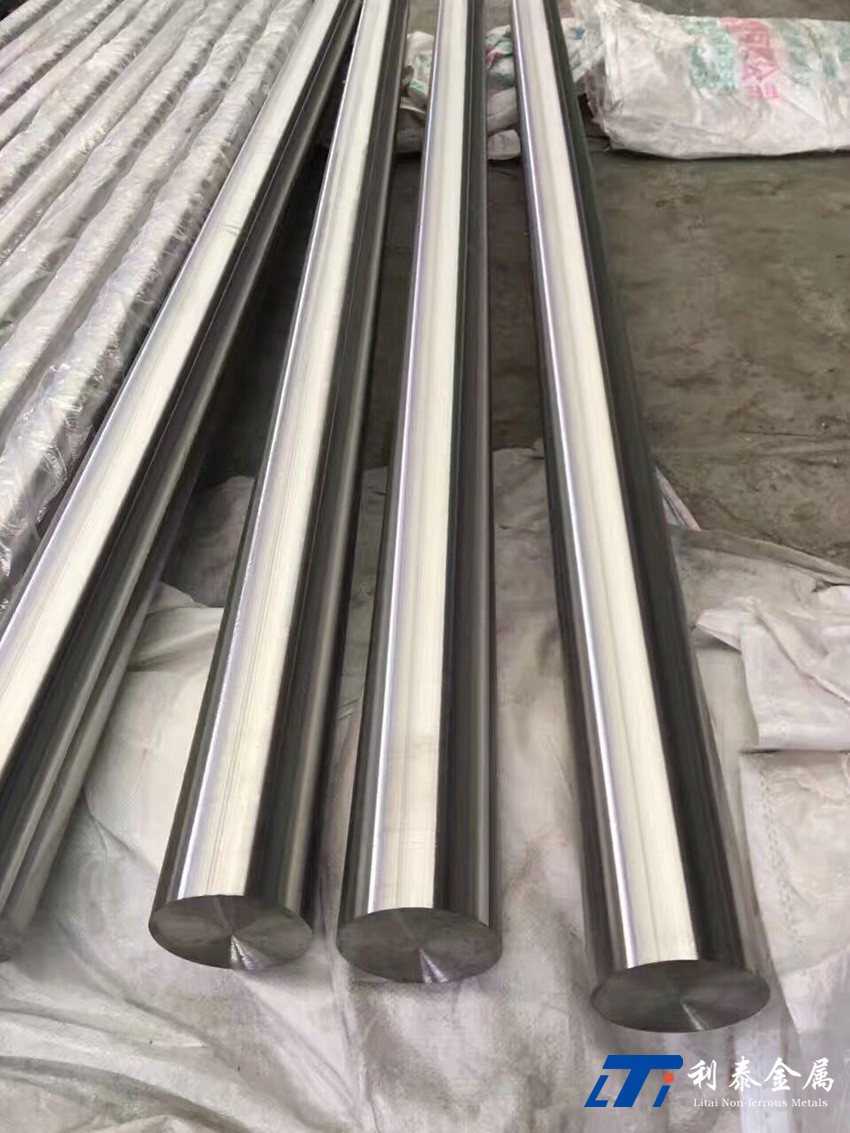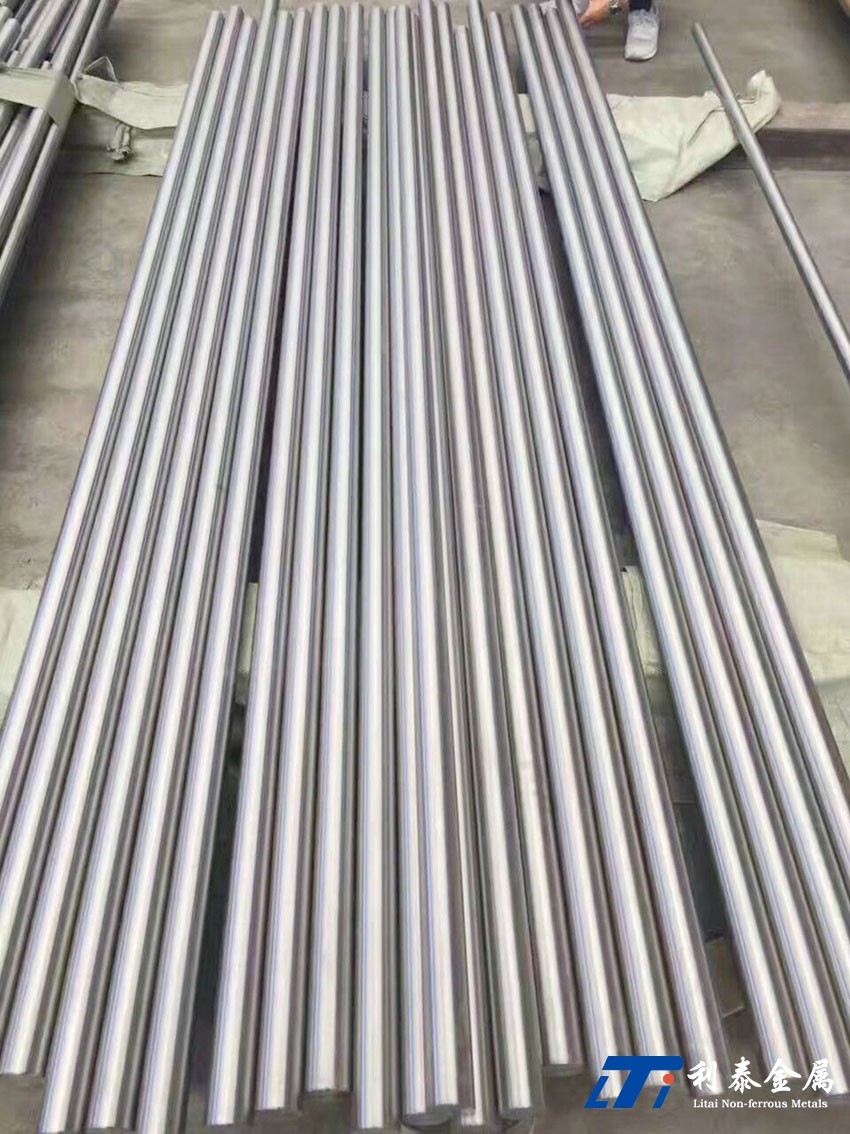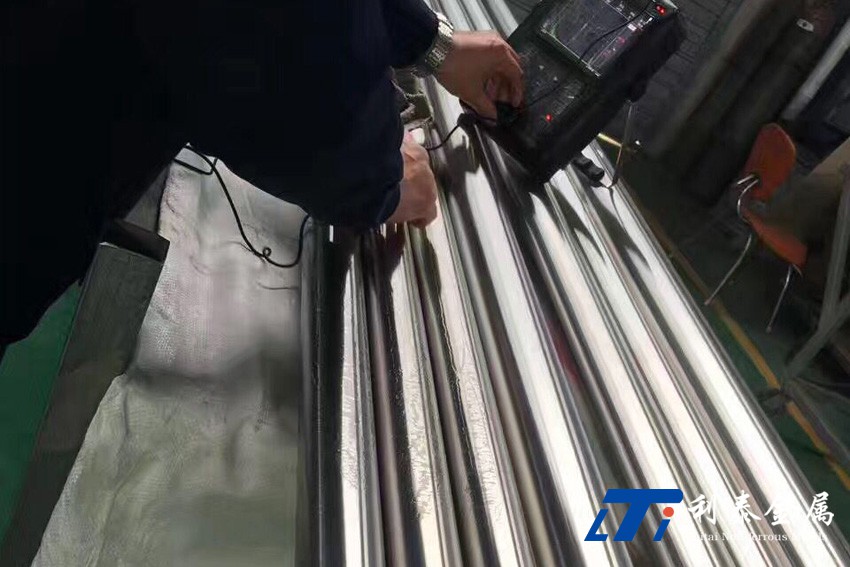对钛合金铣削加工中的过程阻尼效应进行分析及实验验证。钛合金是航空常用的、典型的难加工材料,其单位面积切削力大,在加工中极易产生颤振、恶化表面质量、损坏刀具。钛合金切削加工的颤振问题,是制约航空制造效率和质量的重要问题。过程阻尼效应来源于后刀面与工件表面振动波纹干涉产生的犁耕效应,利用隐式龙格库塔法,计算典型钛合金材料铣削加工中干涉产生的侵入面积以及阻力,建立考虑过程阻尼的非线性模型。计算结果表明:相对于传统的、不考虑过程阻尼的线性动力学模型,非线性模型中的低速区极限切深可显著提高;实验结果表明:该模型能较为准确地预测低速区的稳定性极限,为加工参数选择提供重要参考。

钛合金一直被广泛应用于航空制造工业,其具有比强度大、密度小、耐热性强以及耐低温等优良综合性能,用它制造飞机零部件,不仅可以延长飞机使用寿命,而且可以减轻重量,降低燃料消耗,从而大大提高其飞行性能。
但钛合金同时是一种典型的难加工材料,其导热性差、化学活性高、加工硬化严重、刀具寿命短,并且由于单位切削力大、加工过程中极易发生颤振,颤振给工件留下的斜状振纹,往往需要手工珩磨去除,影响加工效率,严重的直接导致工件报废,甚至毁坏刀具,钛合金加工的颤振问题,是制约航空制造质量和效率的一大瓶颈。

控制颤振的方法一般均可归结为增加系统阻尼。切削系统阻尼可分为机床结构阻尼和由刀具后刀面与工件表面相互干涉而产生的阻尼,亦称为过程阻尼(process damping)。过程阻尼的建模和标定是近年国际学术界的研究热点,加拿大著名学者Altintas曾将其列为切削颤振中尚未解决的研究难点[1]。
Tlusty和Sission等人最早发现切削加工中的过程阻尼现象,随着切削速度降低,车削加工的稳定性极限可显著提高[2~4]。Sission 还归纳出,切削速度、刀具后角和刃口半径是影响过程阻尼的关键因素[4]。后来诸多学者针对过程阻尼进行研究,指出后刀面与工件表面振动波纹干涉形成的作用力是过程阻尼的来源[5~8]。文献[9]通过一系列正交试验,识别动态切削力中的过程阻尼系数,该试验由快速伺服系统控制,使得刀具以预期频率和振幅振荡,但该试验系统较为复杂,工作量很大。Budak和Tunc等人克服了试验建模的弱点,在过程阻尼建模和系数标定方面,进行了较为细致的工作[10~12]。文献[10]将正交车削的稳定性极限预测解析法和颤振实验相结合,利用二者获取的极限切深,直接标定过程阻尼系数。基于此,又结合能量分析,获取侵入力系数,之后计算侵入面积和切削力,建立车削的稳定性分析模型。文献[12]系统分析了切削参数和刀具几何参数对过程阻尼的影响。Ahmadi和Ismail等基于小振幅假设,将过程阻尼等效为线性粘性阻尼,利用半离散法,计算铣削稳定性极限,该模型具有一定局限性,预测出的稳定性极限低于实验值[13]。

目前,国际上对于过程阻尼的研究,主要集中在车削方面,对于铣削加工的过程阻尼,尚缺少完善的动力学分析模型。其自由度多,受力分析需要坐标转换,切削力方程中存在时变系数,对于侵入面积和过程阻力的描述远较车削困难。而国内尚未有学者对过程阻尼进行深入研究,在目前现有文献中,切削稳定性分析均采用较为传统的线性模型[14,15],未考虑过程阻尼,该模型在低速区会产生很大误差。而对于钛合金加工来说,为保证刀具寿命,切削速度一般较低,这时如果还采用常规的线性模型,预测的极限切深远低于实际极限切深,势必会影响加工效率。
鉴于此问题,本文建立一考虑过程阻尼的铣削动力学模型,利用隐式四阶龙格库塔法,计算典型钛合金材料加工时,刀具后刀面与工件振动波纹的侵入面积以及干涉阻力,绘制稳定性极限图。最终结合实验得出结论,本文所建非线性模型,能够较为准确地预测低速区的稳定性极限,为钛合金加工参数的选择提供了参考。
钛合金材料铣削中的颤振问题,是制约航空制造加工效率的一大瓶颈。为保证刀具寿命,钛合金材料基本以较低速度进行切削。这时如果按照传统的线性模型,稳定性极限很低,按照线型模型选择切深,将对加工效率非常不利。本文针对此问题,建立了考虑过程阻尼的非线性铣削动力学模型,计算由犁耕效应形成的侵入面积,以及过程阻力。通过时域仿真方法计算临界切深。实验结果表明,本文提出的计入过程阻尼的非线性计算模型能够较为准确地预测钛合金加工时低速区的稳定性极限。这样就为钛合金加工时,常规工作速度下的参数选择提供了必要参考。 参考文献:
[1] Altintas Y, Weck M. Chatter stability in metal cutting and grinding[J].Annals of the CIRP, 2004,53(2):619―642.
[2] Sisson T R, Kegg R L. An explanation of lowspeed chatter effects[J]. ASME Journal of Engineering for Industry,1969, 91(4):951―958.
[3] Tlusty J. Analysis of the state of research in cutting dynamics[J]. Annals of the CIRP, 1978, 27(2):583―589.
[4] Tlusty J, Ismail F. Special aspects of chatter in milling[J].ASME Journal of Engineering for Industry, 1983, 105(1):24―32. [5] Wu D W . A new approach of formulating the transfer function for dynamic cutting process[J]. ASME Journal of Engineering for Industry, 1989,111(1):37―47.
[6] Elbestawi M A, Ismail F, Du R, et al. Modeling machining dynamic including damping in the toolworkpiece interface[J]. ASME Journal of Engineering for Industry, 1994,116(4):435―439.
[7] Lee B Y, Tarng Y S, Ma S C. Modeling of the Process damping force in chatter vibration[J]. International Journal of Machine Tools and Manufacture , 1995,35(7): 951―962.
[8] Shawky A M, Elbestawi M A. An enhanced dynamic model in turning including the effect of ploughing forces[J].ASME Journal of Manufacturing Science and Engineering, 1997,119(1):10―20.
[9] Altintas Y, Eynian M, onozuka H. Identification of dynamic cutting force coefficients and chatter stability with process damping[J].CIRP AnnalsManufacturing Technology, 2008,57(1):371―374.
[10] Budak E, Tunc L T. A new method for identification and modeling of process damping in machining[J].Journal of Manufacturing Science and Engineering, 2009,131(5):1―10.
[11] Budak E, Tunc L T. Identification and modeling of process damping in turning and milling using a new approach[J]. CIRP AnnalsManufacturing Technology, 2010,59(1):403―408.
[12] Tunc L T, Budak E.Effect of cutting conditions and tool geometry on process damping in machining[J]. International Journal of Machine Tools and Manufacture, 2012,57: 10―19.
[13] Ahmadi K, Ismail F. Stability lobes in milling including Process damping and utilizing multifrequency and semidiscretization methods[J]. International Journal of Machine Tools and Manufacture, 2012,54/55:46―54.
[14] Altintas Y. 数控技术与制造自动化[M].北京:化学工业出版社,2002. Altintas Y. Numerical Control Technology and manufacturing Automation[M].Beijing: Chemical Industry Press,2002.
[15] Altintas Y, Stepan G, Merdol D, et al. Chatter stability of milling in frequency and discrete time domain[J]. CIRP Journal of Manufacturing Science and Technology, 2008,1(1):35―44.
[16] Campomanes Marc L, Altintas Y. An improved time domain simulation for dynamic milling at small radial immersions[J]. Transactions of ASME Journal of Engineering, 2003,125:416―422.
[17] 林紫雄.间断铣削的颤振稳定性研究[D].南京:南京航空航天大学,2011. Lin Zixiong.Research on the chatter stability of the interrupted Milling[D].Nanjing: Nanjing University of Aeronautics and Astronautics,2011.
[18] 刘强,李忠群. 数控铣削加工过程仿真与优化―建模、算法与工程应用[M].北京:航空工业出版社,2011. Liu Qiang, LI Zhongqun. Simulation and Optimization of CNC Milling ProcessModeling,Algorithms and Applications[M].Beijing:Aviation Industry Press,2011. [19] 宋清华.高速铣削稳定性及加工精度研究[D].济南:山东大学,2009. Song Qinghua.Highspeed milling stability and machining accuracy[D].Jinan: Shandong University,2009.
Abstract: The process damping in milling of Titanium alloy is analyzed and verified experimentally. Titanium alloy used commonly in aviation industry is one typical difficulttomachine material. Chatter usually occurs in machining of Titanium alloy because of high unit cutting force, which results in poor surface quality and damaged tool. Thus, chatter is one serious restriction for the quality and efficiency of aeronautical manufacture. The process damping results from ploughing effect, which was caused by interference between flank face and machined surface. The paper calculates the indentation area and resistance caused by interference in the milling of typical Titanium alloy and establish nonlinear model which consider process damping. The computing results indicate that limit cutting depth at low speed can be improved significantly relative to linear model and the experimental results indicates that the model can predict stability limitation at low speed accurately.
Key words: milling; chatter; Titanium alloy; process damping; ploughing effect.
相关链接
- 2018-10-27 医用钛棒、医用钛材料的显微组织对材料疲劳性能的影响
- 2018-10-09 第十一届中国国际钛业展览会暨中俄钛产业高峰论坛在京圆满落幕
- 2018-10-08 钛合金热处理设备
- 2018-10-08 钛合金、钛棒、钛锻件热处理工艺条件的选择
- 2018-10-05 医用钛棒、医用钛等钛合金材料在医疗领域中的重要应用
- 2018-10-04 TC4钛合金棒、TC4钛棒等钛材料的激光修补焊接技术
- 2018-10-04 钛材料相关工艺性能名词小结
- 2018-10-04 钛合金管、TA2钛管退火处理工艺
- 2018-10-04 钛棒、钛板等钛合金材料加工中滚具的主要形式和基本结构组成
- 2018-10-04 铁水包预处理脱钛理论分析与试验研究

